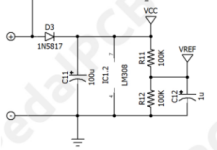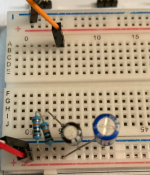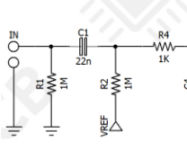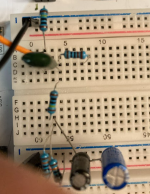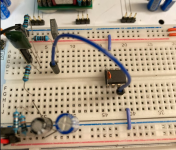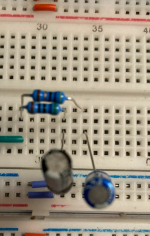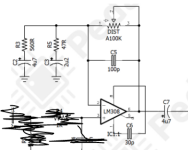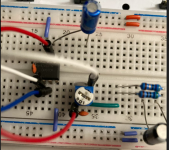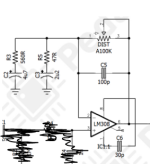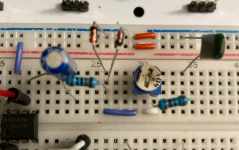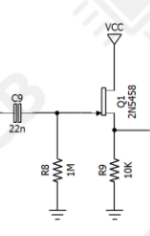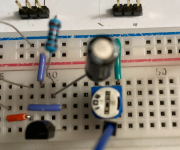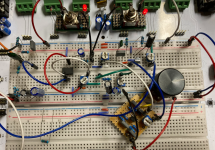BuddytheReow
Breadboard Baker
Ah, the Proco Rat. Built in the 1970's and popularized in the 1980's, it can be considered a "standard" in the distortion community. This little baby can do it all: pseudo-overdrive or light distortion, distortion, and borderline fuzz territory. Due to its simplistic circuitry and versatility it has found a more permanent home on my pedalboard and hope after building one on a breadboard and modding it to your liking I hope it finds a home with you too.
First, shout out to @Danbieranowski and @Chuck D. Bones on a recent breadboard query thread I made to inspire me to do some homework and build it this morning.
What makes this pedal so great? Well, as I said it is incredibly versatile with it's gain control and the tone stack is a simple shelf filter to tweak the treble (more on that later). Not much to comment on the volume control since it just dumps the signal to ground.
Have you been following along in my other tutorials? Yes? Good, cuz now the training wheels are starting to come off with an Intermediate level breadboard build. I hope you have just as much fun as I did while putting this together. Even my wife who was working out next to me said "you look like you're having fun" as I was putting this together in my basement.
Anywho, here is the schematic and my breadboard layout. You can find the full build doc below. Shout out to @PedalPCB for having such amazing build docs as always. Stay tuned for more RAT fun!
If you take a look at the schematic it calls for a LM308. This was the original opamp used in the circuit if I'm not mistaken. You don't need the LM308 to get this circuit to work. It is rather expensive (something like $5 a pop), and there are substitutes. For my build I used a OP07, but you can also use a TL071 with one minor tweak to the circuit that I will discuss below. The OP07 and TL071 are much cheaper opamps and can be found on Tayda. If you want that magical unicorn dust, then by all means go for it! From the various youtube comparison videos out there I could barely hear the difference. The pinouts for all are the same.
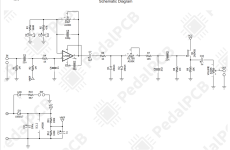
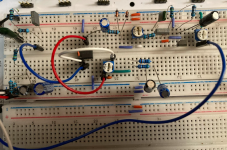
First, shout out to @Danbieranowski and @Chuck D. Bones on a recent breadboard query thread I made to inspire me to do some homework and build it this morning.
What makes this pedal so great? Well, as I said it is incredibly versatile with it's gain control and the tone stack is a simple shelf filter to tweak the treble (more on that later). Not much to comment on the volume control since it just dumps the signal to ground.
Have you been following along in my other tutorials? Yes? Good, cuz now the training wheels are starting to come off with an Intermediate level breadboard build. I hope you have just as much fun as I did while putting this together. Even my wife who was working out next to me said "you look like you're having fun" as I was putting this together in my basement.
Anywho, here is the schematic and my breadboard layout. You can find the full build doc below. Shout out to @PedalPCB for having such amazing build docs as always. Stay tuned for more RAT fun!
If you take a look at the schematic it calls for a LM308. This was the original opamp used in the circuit if I'm not mistaken. You don't need the LM308 to get this circuit to work. It is rather expensive (something like $5 a pop), and there are substitutes. For my build I used a OP07, but you can also use a TL071 with one minor tweak to the circuit that I will discuss below. The OP07 and TL071 are much cheaper opamps and can be found on Tayda. If you want that magical unicorn dust, then by all means go for it! From the various youtube comparison videos out there I could barely hear the difference. The pinouts for all are the same.


Last edited:


